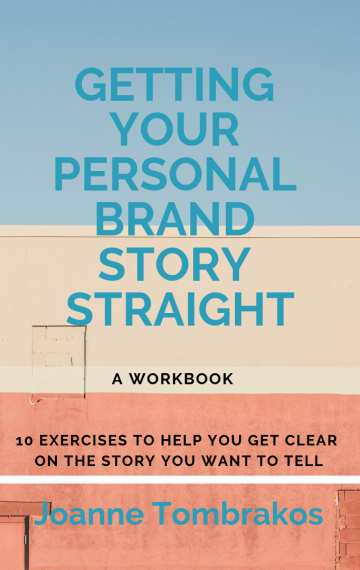Many moons ago a young man came into my office for an interview. He wanted a job on our sales staff. I had a rule back then that I would give anyone who made it past the resume screening at least twenty minutes of my time. Only possible candidates got more. It was a good rule – particularly when interviewing for sales jobs. If they couldn’t get me to want to know more about them in twenty minutes, they were unlikely to be able to sell a stranger on the reasons why they needed to include spot cable in their television buys.
I don’t remember much about this man except for the smell of moth balls that emanated from the slightly wrinkled navy blue wool suit he wore. The odor was so overpowering that it became difficult to notice much more about him than those moth balls.
Growing up Greek you might think I was used to it. The Greeks of my grandparents generation had a thing for mothballs. In much the way Gus Portokalos in my big Fat Greek Wedding thinks Windex is a cure for everything, my grandparents viewed mothballs as a preservative which explains why my Popou used to stash a few in the drawer where he kept his beloved Hershey Bars.
Despite all that, the odor was still distracting from anything he was saying. As I tried not to breathe in the overpowering scent, I noticed tiny beads of sweat were starting to form on his forehead. Maybe the mothballs were bothering him too. Or maybe it was just too warm a day to have pulled that wool suit out of storage.
To this day what I remember about him was not his background or experience or why he wanted to work for us. It was those moth balls.
That’s why first impressions are so important. They stick with you – for better or for worse. 
In just a few minutes you’re given the opportunity to invite someone to know more about you. Or not. What comes out of your mouth is extremely important. So is how you show up physically, how comfortable you are in your own skin and how clear you are in your message.
In a digital world they become more important than ever because they happen online as often as they do offline. Which is why I am an advocate of a digital first approach to personal branding. The process of getting your digital self in order, makes it easier when you take it offline and thus easier to make a good first impression.
This also means you can be making an impression on someone based on your digital footprint without you even knowing it.
For example, the other day I was recommended to someone by a mutual acquaintance as a good resource. This person asked to connect on LinkedIn. The next stop that person made was to my website. I know this because after we connected she took the time to email me and compliment me on how “beautiful” it looked. We haven’t met in person yet, but so far she has a good impression of who I am and what I am about. The time I put into my site reflects the part of my personal brand that says I care, I put attention on detail and do the same in my business interactions. It was social proof of the recommendation she had gotten. In return I already have a good impression of her as someone who personalizes when she reaches out to connect and acknowledges others. All of this occurred solely from our digital interactions.
The truth is it’s harder than ever to make a good first impression. Social networks and online profiles, if not used properly can hinder as much as they can help. Shortened attention spans, an overload of information, and systemic ADD just add to the challenge. But it’s not an impossible feat. You just can’t wing it. You need to put some thought and attention on how you’re showing up – offline and online.




Leave a Reply